I'm excited to share my experience from my recent field visit to Dolpo, which was my first visit as part of the OLE Nepal team. As a developer, I primarily work behind a screen, but this visit gave me a unique opportunity to see our products being used in the real world. This journey was a revelation and taught me valuable lessons that will forever change how I approach my work.
The Journey to Dolpo
After eight days of travel, our team finally reached Siddhartha Kula school at Tinje, Dolpo. It wasn’t an easy journey—two days of flights, four days of trekking through breathtaking landscapes, and a rest day to recover before we arrived at the school. The school is set between large stone hills and rivers, creating a calm and beautiful scene that amazed us all.
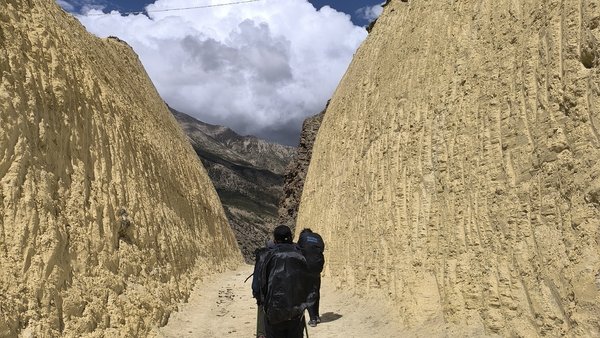
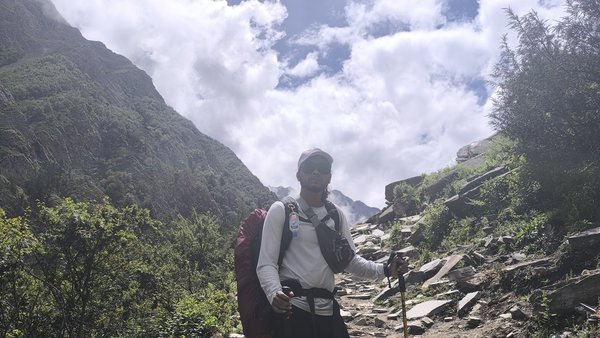
The warm welcome we received from the teachers and the genuine curiosity and enthusiasm of the students made the trip even more memorable. Their kindness and engagement motivated us to conduct our five-day workshop more effectively than ever.
Visualizing User Experience Firsthand
As a developer, I spend most of my time focusing on code and technical aspects. I rarely get to see how the content I help create is used in the real world. Being involved in the E-Paath project for OLE Nepal, I was primarily concerned with the functionality and structure of the content - quizzes, animations, videos, and games. Until this visit, I had never truly visualized how these digital tools were impacting students.
Seeing the students use E-Paath and other OLE products like E-Pustakalaya for the first time was eye-opening. The gap between my expectations and reality was immense. It's one thing to develop a product and imagine how it will be used, but it’s another to see it being utilized in the classroom, shaping the way students learn.
The Reality of Digital Access in Remote Areas
The most shocking discovery for me was the condition of the computer labs in these rural schools. As developers, we work in comfortable environments with the latest tools and devices. However, the schools in Dolpo lacked basic infrastructure - students used outdated computers, some with broken keyboards or CPU, and there were no proper seating arrangements. Despite these limitations, the students were eager to learn.
 |
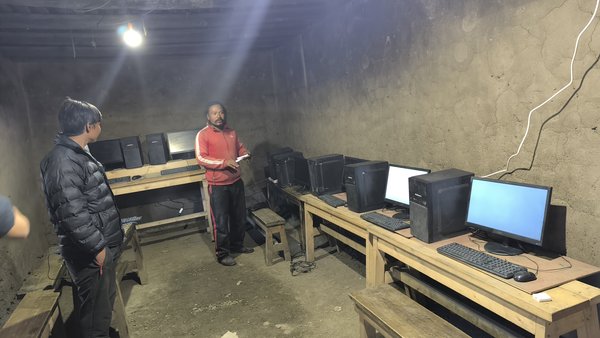
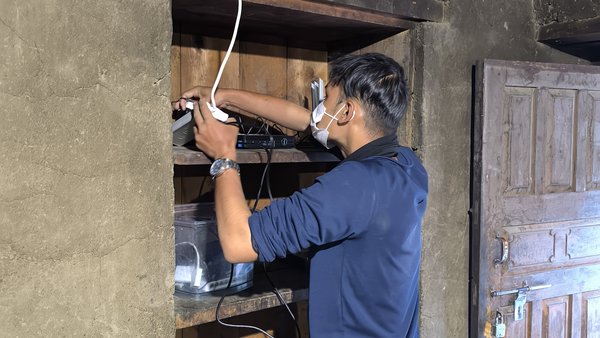
Before we could even start using the digital content, we had to set up the labs and ensure that all devices were functioning. It was clear that the gap in digital literacy and resources in these areas is much wider than I had anticipated. It made me realize the importance of considering the end user’s environment while developing content.
Connecting with Students and Teachers
The most unforgettable part of the visit was interacting with the students. All of them came from homes without internet, television, or even electricity. Despite this, they were enthusiastic about learning with the tablets we brought along. Watching their excitement and joy as they used the devices in school for the first time was truly heartwarming.
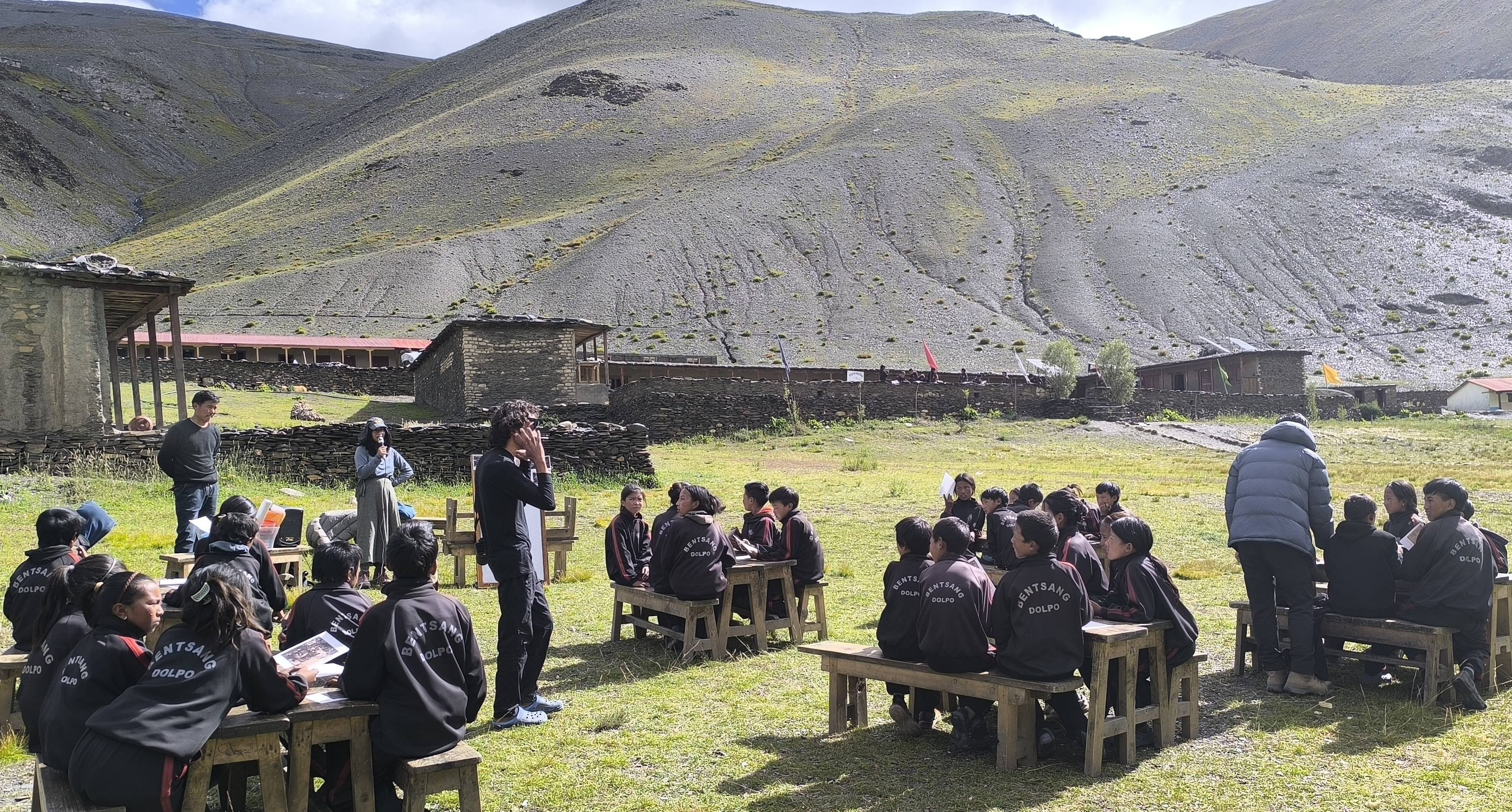 |
As I worked with these students, I realized that the simple chapters we create in the office have the potential to shape their learning style and attitude. It was humbling to see firsthand how the content I helped develop was influencing their education. This experience changed my perspective on development; it’s no longer just about writing code - it's about building tools that can transform how students learn.
The Dedication of Local Teachers
Another eye-opening moment was seeing how dedicated the local teachers are. These teachers, who often have limited resources, work tirelessly to give their students the best education possible. Their dedication showed me the importance of the work we do, and I developed a newfound respect for them. They are the ones ensuring that education reaches even the most remote parts of Nepal.
Before this trip, I used to view the content I developed from a purely technical standpoint. Now, I understand that it's essential to consider how the content will be used by both teachers and students. This will undoubtedly influence how I approach my work going forward.
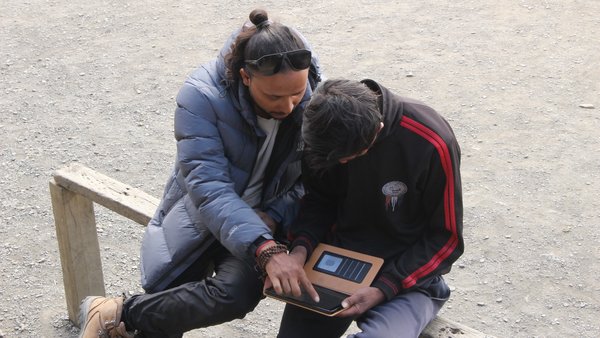
Lessons for a Developer
This field visit has changed how I think about my role as a developer. Development is not just about completing tasks; it’s about understanding the real-world impact of your work. The content we create quizzes, games, and interactive lessons are not just files on a server, but tools that can shape a student’s education and future.
Moreover, seeing the challenges faced by rural schools, such as limited access to technology and offline servers, has made me rethink some of the advanced features we often develop for high-end devices. Moving forward, I’ll be more mindful of creating content that works efficiently on low-resource setups.
Final Thoughts
My visit to Dolpo was a life-changing experience. It gave me a sense of purpose and pride in my work that I didn’t fully grasp before. Seeing the real-world impact of the E-Paath project made me realize that what we do as developers has far-reaching effects, especially in places where access to education is limited. This visit has reinvigorated my passion for developing educational content, and I am committed to making E-Paath, Seepalaya, E-Pustakalaya even more user-friendly and impactful in the future.
As developers, we often work in isolation, far removed from the people who use our products. This visit taught me that development doesn’t end when we submit the code it’s about the lives we touch through our work. I am excited to continue this journey, creating digital education tools that have a real impact on students across Nepal.
A Word from My Fellow Developers
Here are some reflections from my fellow developers, who also accompanied me on the trip:
Nabin Khadka (Frontend Developer)
I had a unique opportunity to witness firsthand how our work can positively impact the education of children in Dolpo. The 6-day journey not only allowed me to see the practical use of the digital learning platform we developed but also opened my eyes to a completely different culture. It broadened my perspective and was a rewarding experience. It truly felt good to know that our efforts were making a real difference.
Animesh Nepal (Backend Developer)
(Animesh was on the team visiting Ghami Solar School in Mustang.)
On our first field visit to Mustang, the experience was strikingly different from what we were used to. The remote setting and limited resources made us realize the challenges that go beyond just building a digital solution. As a developer, I gained a new perspective on the importance of creating platforms that can be flexible and adaptable to diverse educational environments. This visit underscored the need to align our technology with the unique needs of schools in such regions.